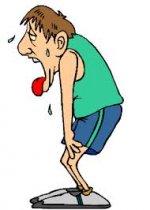H
hof52
Member
- Joined
- Feb 4, 2013
- Messages
- 39
I dont have any experience fishing with dry flies because i am new to fly fishing and most of my time is spent nymphing however last year i saw tons of fish rising multiple times and didnt no what to do about it so i plan on getting a few dry flies incase this happens again what are your go to dry flies/sizes also what do you do if you see fish rising and cant tell what they are eating
thanks
adam
thanks
adam




